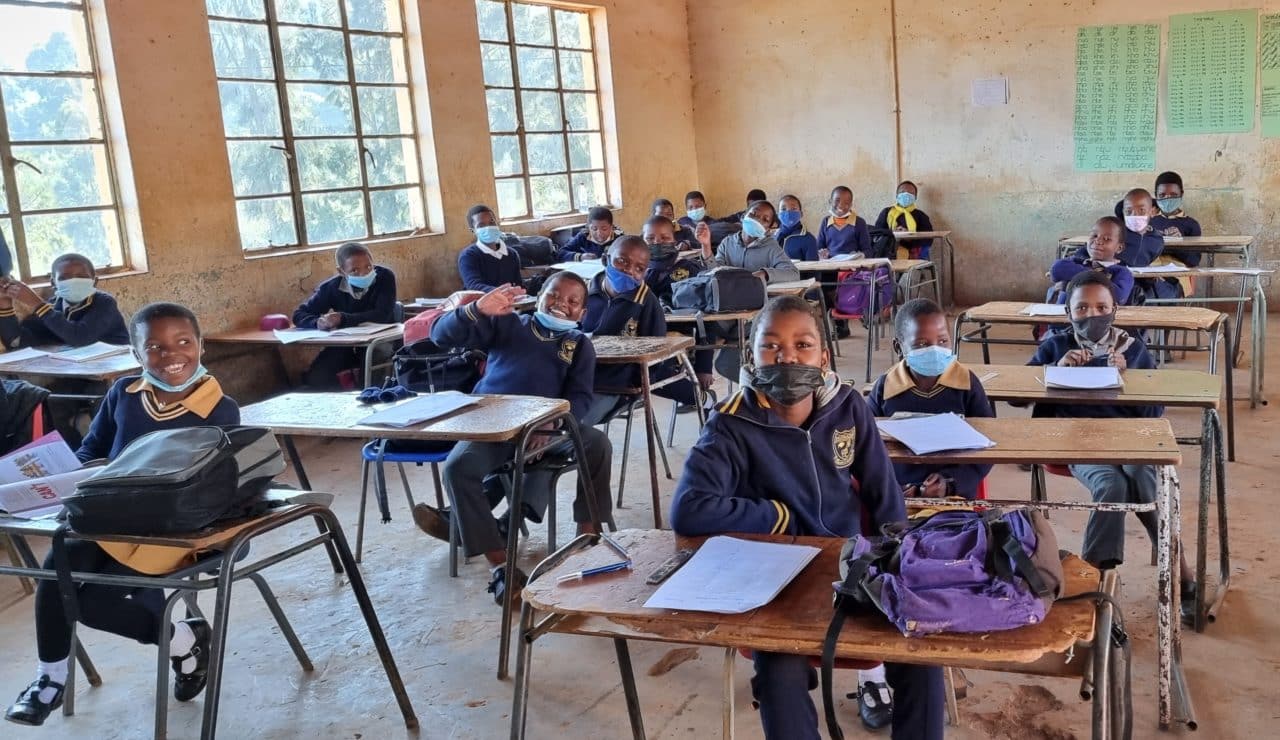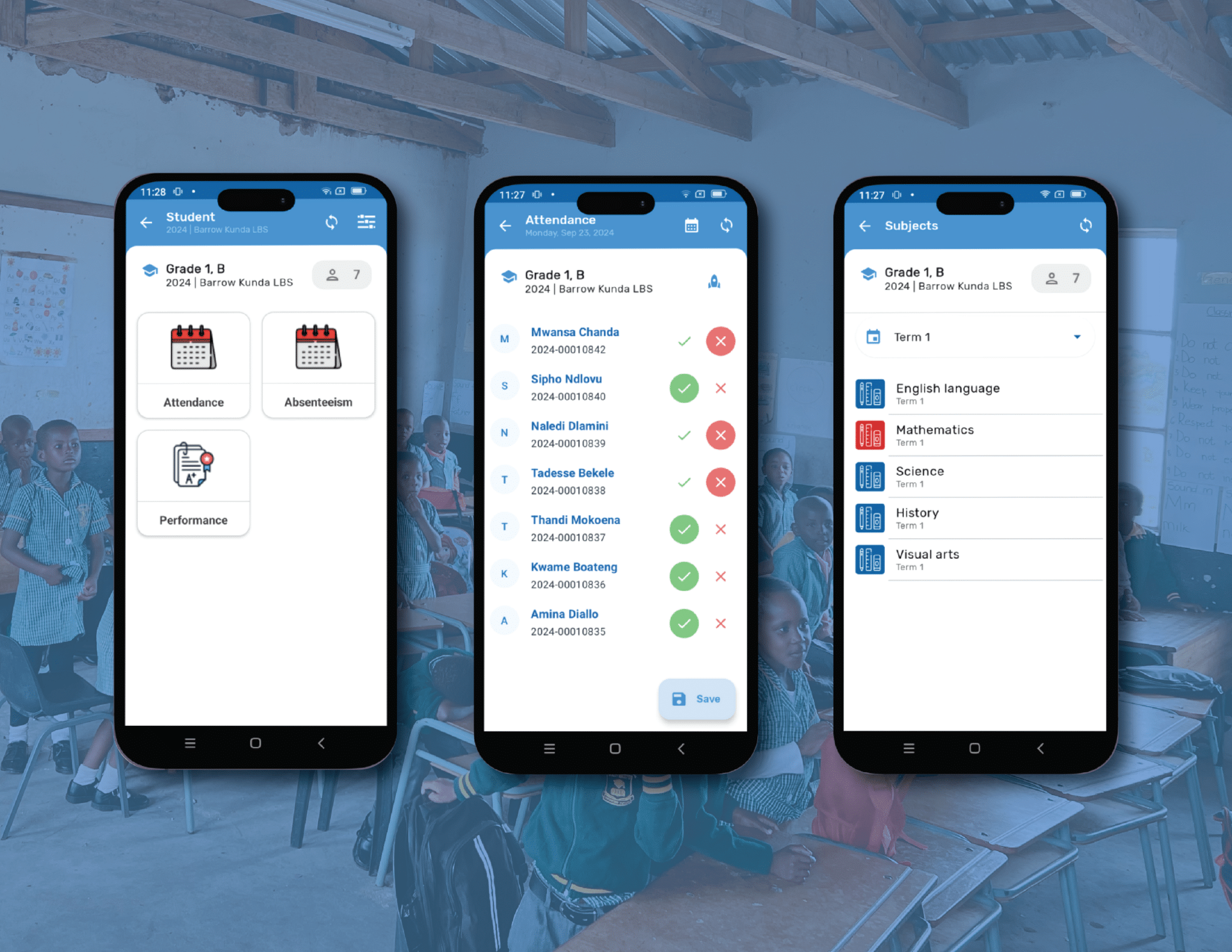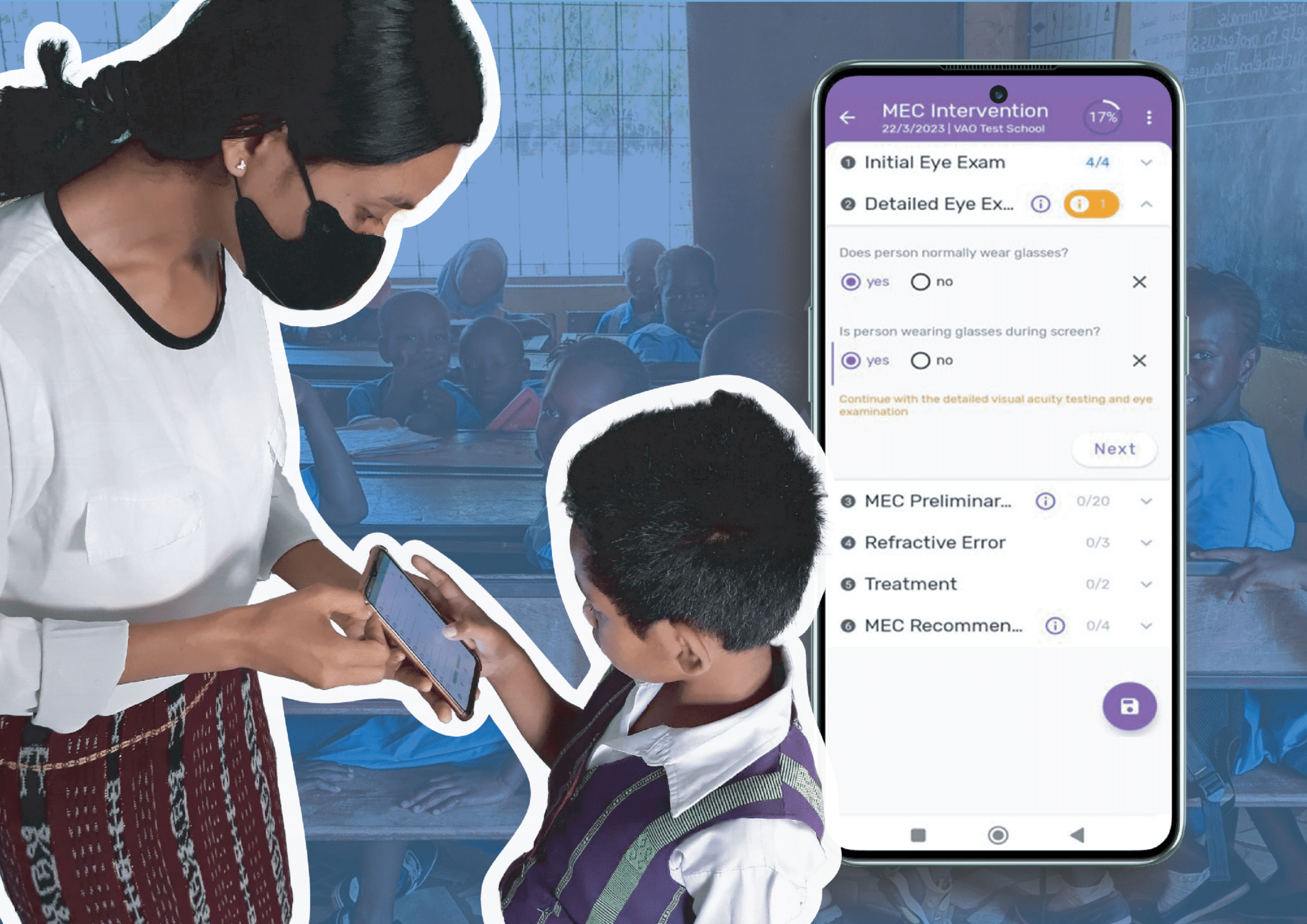
DHIS2 for Education
Take advantage of DHIS2’s built-in tools and regional capacity to facilitate data use for improvement in learning outcomes and equitable access to education

Take advantage of DHIS2’s built-in tools and regional capacity to facilitate data use for improvement in learning outcomes and equitable access to education
UN Sustainable Development Goal 4 (Quality Education) calls for the use of data to guide improvement in learning outcomes and equitable access to education. DHIS2 for Education extends the DHIS software platform from the health sector to the education sector for the collection, analysis, visualization, and use of individual and aggregate data from institutions of learning. DHIS2 for Education takes advantage of decades of DHIS2 experience with national-level HMIS systems, offering a stable, scalable, and customizable Education Management Information System (EMIS) solution that is backed by international donor organizations as a global public good, supported by the DHIS2 development team and global HISP network, and allows countries to leverage their existing DHIS2 capacity and expertise.
Because DHIS2 for Education is built on the core DHIS2 platform, it allows for seamless integration with Tracker and DHIS2 Apps, and uses DHIS2 sharing features to allow controlled access to data and analytics at all levels of the education system. It also facilitates the development of national- and international-level programs that use data from across sectors, such as a schools-based child immunization campaign, by making it easy to combine health and education data in one report or custom dashboard. And it allows for integration with other software platforms (such as logistics, human resources, grading systems and payroll).
This page provides an overview of DHIS2 for Education, including where it is being used now, key features, examples of real-life use cases, and information on how you can test the system for yourself. Visit our DHIS2 for Education project website for more in-depth information. You can also watch videos about this project on the DHIS2 YouTube channel for more information and updates from the field, and join the discussion on the DHIS2 Community of Practice.
The following interactive map and chart show countries that are piloting DHIS2 for Education, in addition to full-scale and pilot DHIS2 implementations for health data.
Is your DHIS2 implementation missing from our map? Share the details with us.
DHIS2 is an open-source, license-free, data management platform developed by the HISP Centre at the University of Oslo (UiO) and the global HISP network, and provided free of charge as a digital public good. More than 80 countries worldwide use DHIS2 for collecting and analyzing health data, and DHIS2 for Education extends the platform from the health sector to the education sector—enabling the collection, analysis, visualization, and use of individual and aggregate data from institutions of learning. It harnesses decades of DHIS2 experience with national-level systems, offering a stable, scalable, and customizable education management information system (EMIS) solution supported by the DHIS2 development team and global HISP network, and allows countries to leverage their existing DHIS2 capacity and expertise.
If you have questions about how DHIS2 for Education can be adapted to meet your needs, we encourage you to contact us by email. You can also review our online demo database (below) to explore the basic features of the system.
The DHIS2 Education Toolkit supports planning, resource allocation, and policy decisions for the education sector with its pre-configured metadata, custom forms, and dashboards—bringing education data to life.
DHIS2 supports data capture, visualization, management, analysis, and use, through the pre-configured Education Toolkit, which includes ready-to-use, customizable annual school census forms that can adapt to country-specific needs—all accessible either online or offline via the DHIS2 platform or Android devices.
The toolkit provides:

SEMIS supports countries to improve education planning and delivery with a specially designed suite of tools for individual-level student and staff data.
SEMIS is a free and open-source student-staff-school app developed through collaboration with Ministries of Education in the global south. It was designed with and for countries to fulfill core requirements for enrolling and managing students and staff.
With SEMIS, you can:

By using DHIS2 for education sector data, schools, districts, and national-level stakeholders can easily exchange data with public health programs, or other sectors that use DHIS2 for data management. From socio-economic profiles and attendance data, to information about performance, school feeding and at-risk learners, DHIS2 supports accurately targeted school-based health programs. Sharing data supports school-based surveillance reporting for better coverage tracking and population health. In Uganda, for example, this module has enabled better tracking of immunization coverage and joint response to health emergencies, such as Covid-19, Ebola, Measles and Malaria outbreaks, through improved routine surveillance, reporting, and referral at the school level.
Benefits of using DHIS2 for school and health data:

These selected publications provide an overview of some key considerations in selecting an EMIS platform and findings from the DHIS2 for Education project:
Read the articles below to learn about some of the impactful ways that DHIS2 for Education can be used to improve education systems and outcomes, or browse all DHIS2 for Education impact stories.
The development of DHIS2 for Education is part of a research project organized by the HISP program at the University of Oslo (UiO). The objective of this research project is to understand how best to leverage DHIS2 to enhance education data use at all levels of the education system. You can read more about this research project on the UiO website.
Since the project began in 2019, the countries involved have gained valuable experience and lessons learned. Ministry of Education representatives, HISP groups and other partners from Uganda, The Gambia, Eswatini, Togo, Mozambique and Sri Lanka have presented findings and updates on their work each year at the DHIS2 Annual Conference. You can watch the recording of their presentations on the DHIS2 YouTube channel.
Explore DHIS2 for Education on your own using our online demo database (login required):
The DHIS2 Community of Practice (CoP) is the primary online forum for DHIS2 discussion, sharing and support. You can visit the Education section of the CoP to join ongoing discussion on topics related to implementation and use of DHIS2 as an EMIS, ask questions and share your thoughts. Join the discussion about DHIS2 for Education on the CoP today!
You can also contact the HISP Group in your region for support on implementation of DHIS2 for Education in your country, or email the DHIS2 education team directly at: emis@dhis2.org